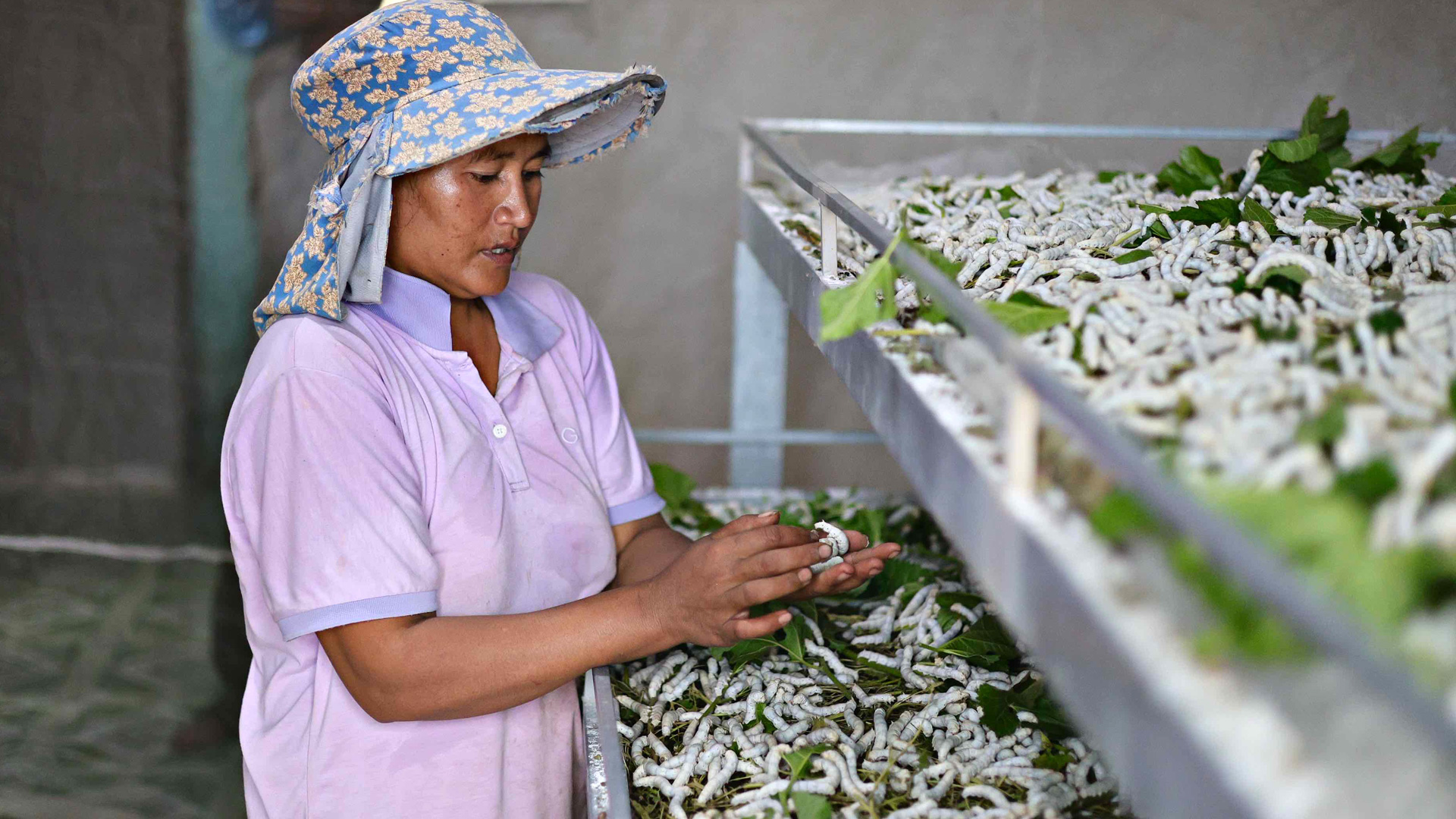 |
| Ms. XaMi's family in Da M'rong commune has a stable income from growing mulberry and raising silkworms. |
• RAW MATERIAL AREA IS EXPANDING EVERYDAY
Mr. Nguyen Van Chinh - Head of the Department of Agriculture and Environment of Dam Rong district said that if in 2015 the locality only had 130 hectares of mulberry, by the end of this year it could reach over 1,000 hectares with a mulberry leaf yield of 25 tons/ha, with over 1,800 households regularly raising livestock and the amount of silkworm cocoons reaching over 1,600 tons/year.
Over the past 5 years, Dam Rong district has effectively implemented the Project "Sustainable development of the mulberry and silk industry", in addition to large-scale mulberry growing areas, forming a chain linking production, consumption and processing of silkworm cocoons. In particular, the mulberry growing and silkworm raising areas are currently concentrated mainly in the 3 communes of Da Tong, Da Long and Da M'rong with 310 hectares. In Da M'rong commune in early April, we recorded the situation of mulberry growing, silkworm raising and production of the people was relatively stable. While some localities in the province have silkworms that do not spin cocoons, in the locality, only common diseases have been recorded, the mulberry leaf yield is about 20 tons per hectare, while the silkworm cocoon yield reaches an average of 35 to 45 kg per box of silkworm seeds. The family of Mr. Lo Mu Ha Sim - Ms. Lieng Rang XaMi, who has 7 years of experience raising silkworms in the commune, happily said that the family has 3,000 m2 of mulberry, each batch takes about 15 days to raise a maximum of about 1.5 boxes of silkworms, and each month has an average income of about 13 million VND. "At first, it was very difficult, it took a few batches to get used to it. Then, thanks to learning from previous households and being enthusiastically trained by agricultural extension officers, we gradually learned how to take care of mulberry trees and treat common diseases on silkworms. Currently, with three sao of mulberry, each year the family can raise about 15 boxes, working steadily, life is much less difficult than before," Mr. Lo Mu Ha Sim confided.
Ms. Ma Ruong, an agricultural extension officer at the Dam Rong District Agricultural Center and also the Director of the Da M'rong Mulberry Cooperative, said that currently, people in the commune are growing over 118 hectares of mulberry, a sharp increase compared to previous years. "Thanks to the good growth of mulberry trees and the stable price of silkworm cocoons at a high level of 180,000 to over 200,000 VND/kg for many years, many farmers have escaped poverty, become rich and consider mulberry trees and silkworms as a stable source of livelihood to develop the family economy alongside coffee and high-yield rice," said Ms. Ma Ruong. To support people with breeds, the Da M'rong Mulberry Cooperative, which has 9 members, has for more than 3 years now acted as a bridge with silkworm factories outside the area to provide about 30 boxes of silkworms/month, and at the same time purchase cocoons at stable prices for farmers. Having a cooperative to raise silkworms and supply them directly to households has reduced the time spent raising silkworms, increased income, and increasingly encouraged the development of local mulberry growing and silkworm raising.
Similarly, in Da Tong and Da Long communes, mulberry growing areas along large streams are also being gradually converted by farmers, especially for ineffective crop land, alluvial land along streams as well as single-crop rice growing areas. It is expected that in the next 5 years, the 3 communes of Dam Ron alone will strive to expand the area by nearly 300 hectares.
• AGRICULTURAL ECONOMY DEVELOPMENT FROM MULBERRY PLANT
According to the district's Department of Agriculture and Environment, the locality is currently effectively implementing a plan for sustainable development of the mulberry and silk industry in the district until 2025, with a vision to 2030. With silkworms having stable output and prices, farmers are very confident in expanding the area. Therefore, the district strives to develop over 1,350 hectares by 2030, with mulberry leaf yield reaching over 27 tons/ha and silkworm cocoon output reaching over 2,200 tons/year; having over 2,500 households regularly raising silkworms, of which over 1,000 are ethnic minority households; having 5-7 linkages in mulberry production, silkworm raising associated with cocoon consumption, silk reeling, etc.
To achieve the above objectives, the assigned functional units have been actively organizing and promoting propaganda activities. In particular, it is recommended that people raise awareness and strongly change the production mindset of farmers and people from agricultural production to agricultural economic development. That is the mindset of producing and selling what the market needs, not producing and selling what people have to increase competitiveness and mastery.
The functional unit recommends that the priority be given to converting mulberry varieties with high productivity and quality such as VA-201, S7-CB, ... on an area of over 500 hectares from now until 2030 in the direction of concentrated mulberry planting, adjacent plots, convenient for care. The district's Department of Agriculture will support resources, allocate funding to support post-investment in developing mulberry material areas in the district, and at the same time, open more vocational training classes on mulberry planting and silkworm raising for farmers here to access science, technology, and improve gardens.
With capital combined from the national target program, annual agricultural career capital, the New Rural Development Program..., in the coming time, the locality plans to build 2 high-tech concentrated silkworm breeding facilities, with a scale of 2,000 boxes/facility/year to mechanize mulberry growing and silkworm breeding. In addition, build an additional mulberry growing and silkworm breeding village associated with silk reeling in the area of 3 Dam Ron communes to promote and preserve local identity. Previously, at the end of 2024, the Provincial People's Committee issued a Decision recognizing the Dak Mang village silkworm breeding village, Da Rsal commune, meeting the criteria of a Craft Village and is operating and developing with positive results.
Source: https://baolamdong.vn/kinh-te/202504/dam-rong-tung-buoc-phat-trien-ben-vung-nganh-dau-tam-97379cb/


![[Photo] Nhan Dan Newspaper announces the project "Love Vietnam so much"](https://vstatic.vietnam.vn/vietnam/resource/IMAGE/2025/4/17/362f882012d3432783fc92fab1b3e980)
![[Photo] Closing of the 4th Summit of the Partnership for Green Growth and the Global Goals](https://vstatic.vietnam.vn/vietnam/resource/IMAGE/2025/4/17/c0a0df9852c84e58be0a8b939189c85a)

![[Photo] General Secretary To Lam receives CEO of Warburg Pincus Investment Fund (USA)](https://vstatic.vietnam.vn/vietnam/resource/IMAGE/2025/4/18/7cf9375299164ea1a7ee9dcb4b04166a)
![[Photo] The beauty of Ho Chi Minh City - a modern "super city" after 50 years of liberation](https://vstatic.vietnam.vn/vietnam/resource/IMAGE/2025/4/18/81f27acd8889496990ec53efad1c5399)
![[Photo] National Assembly Chairman Tran Thanh Man meets with outstanding workers in the oil and gas industry](https://vstatic.vietnam.vn/vietnam/resource/IMAGE/2025/4/17/1d0de4026b75434ab34279624db7ee4a)
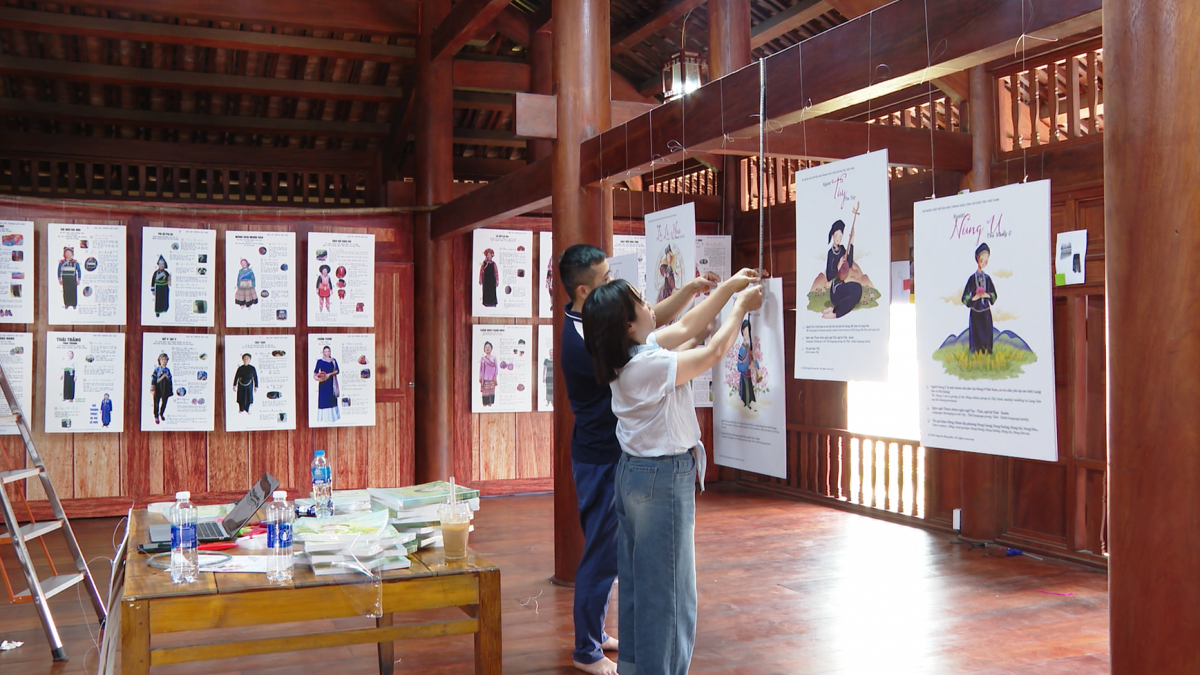



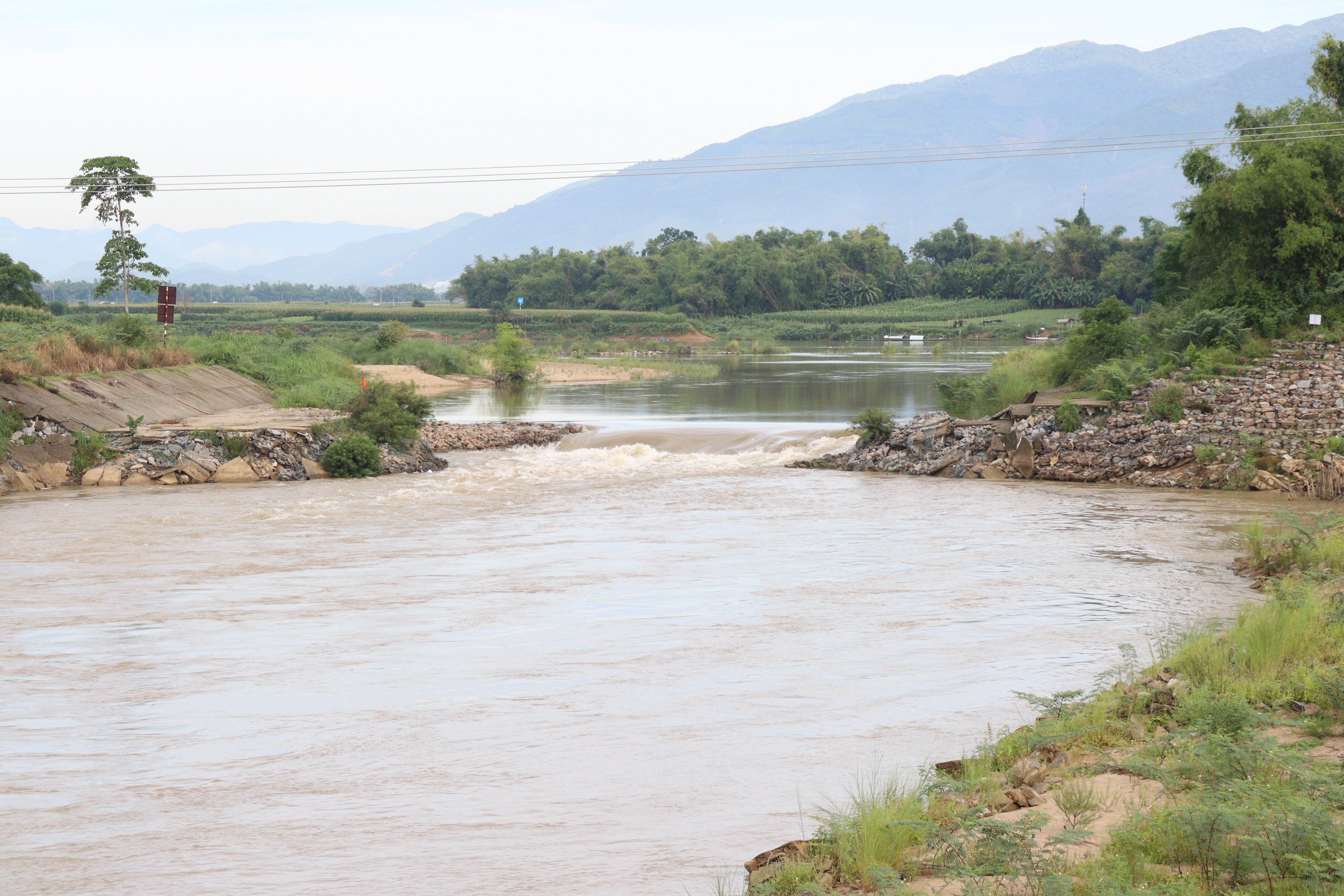







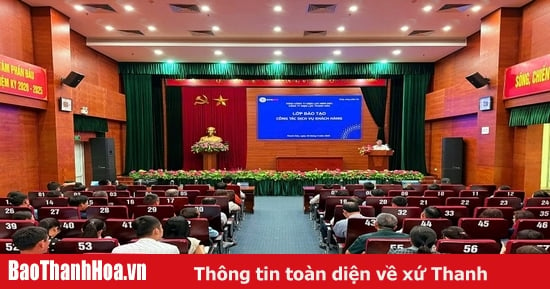
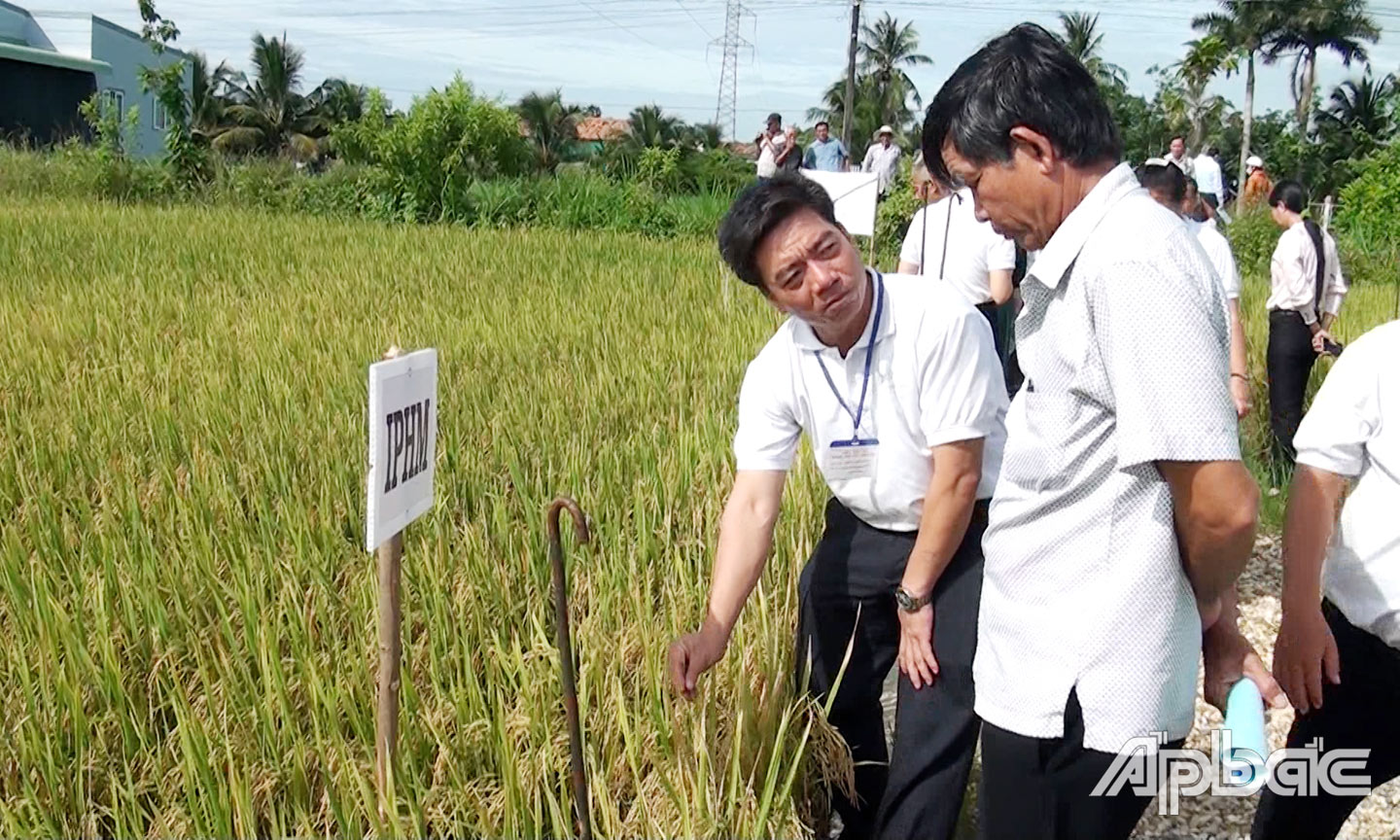

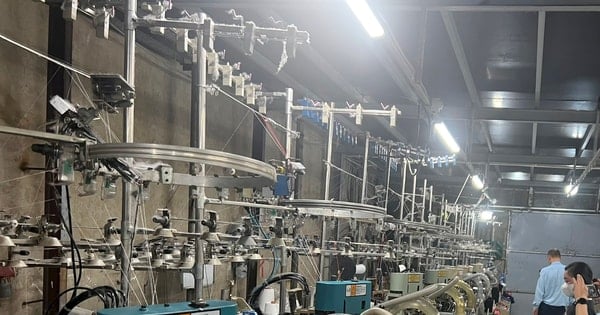





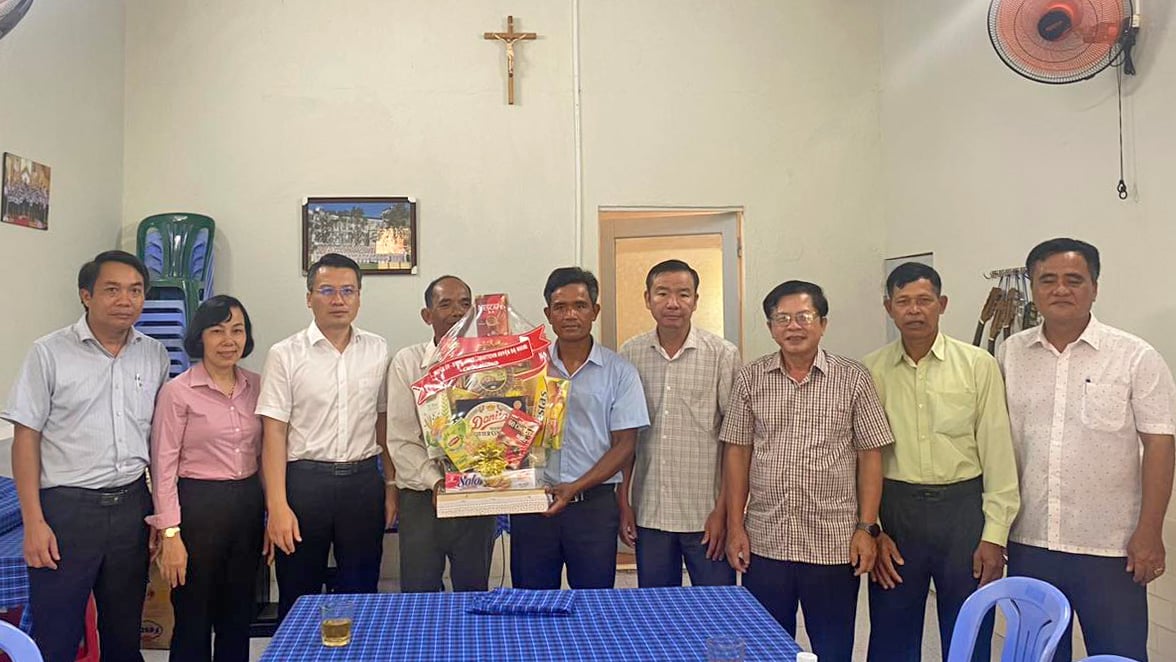
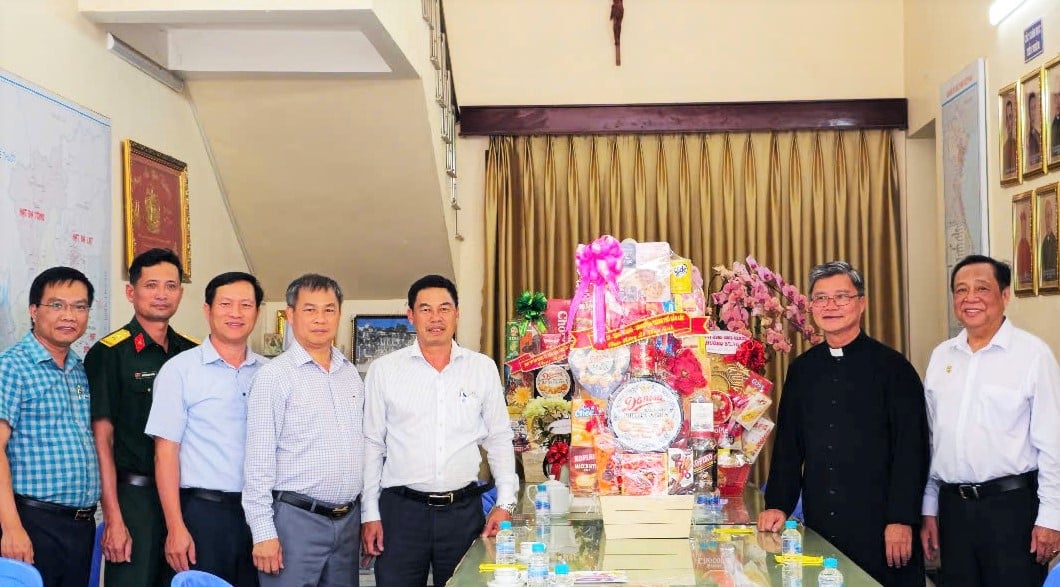

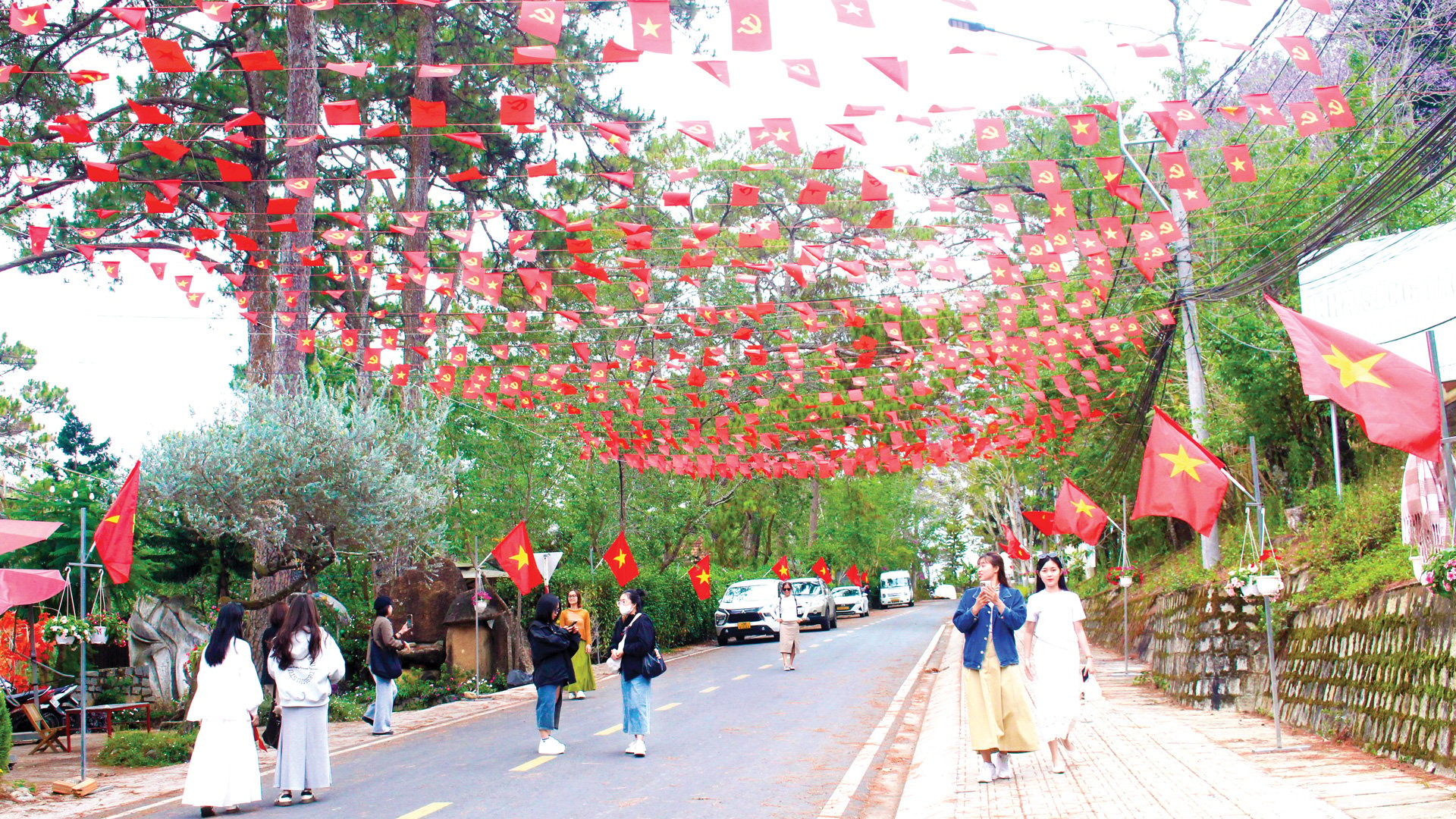

![[Photo] Promoting friendship, solidarity and cooperation between the armies and people of the two countries](https://vstatic.vietnam.vn/vietnam/resource/IMAGE/2025/4/17/0c4d087864f14092aed77252590b6bae)


























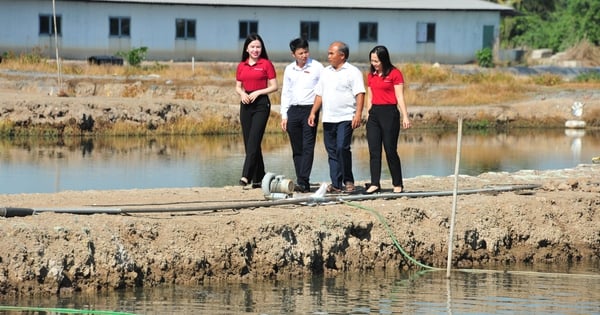



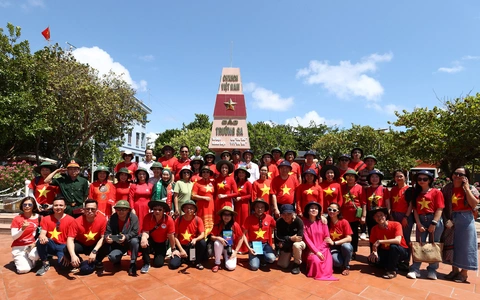













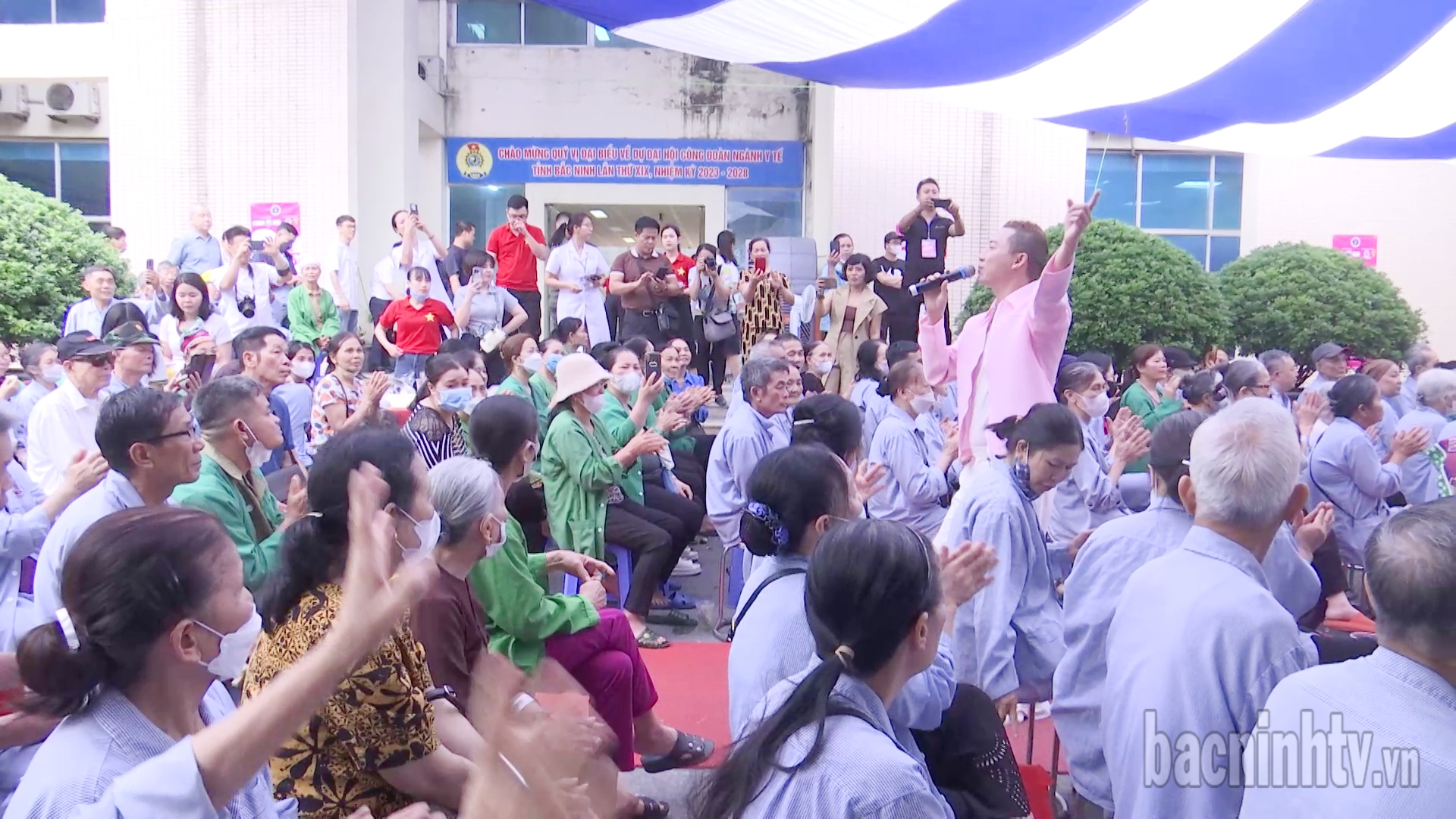


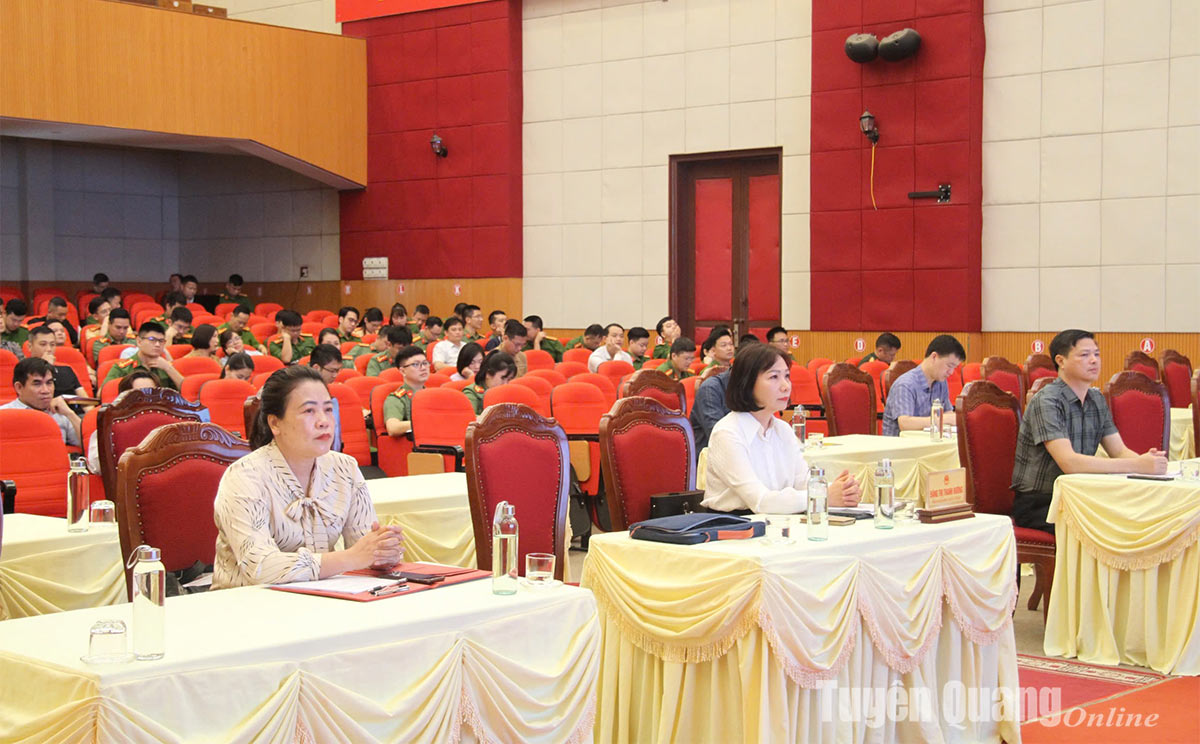


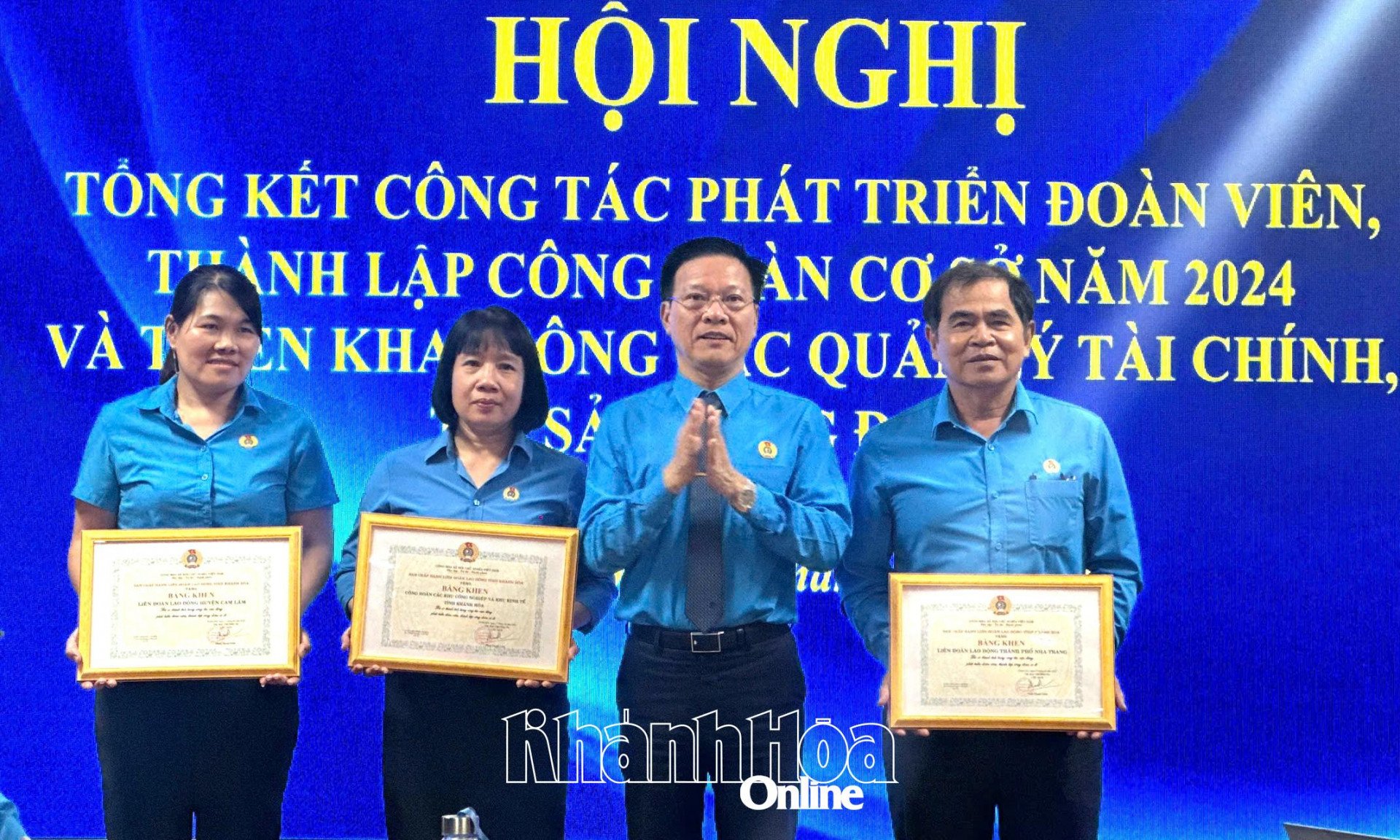










Comment (0)